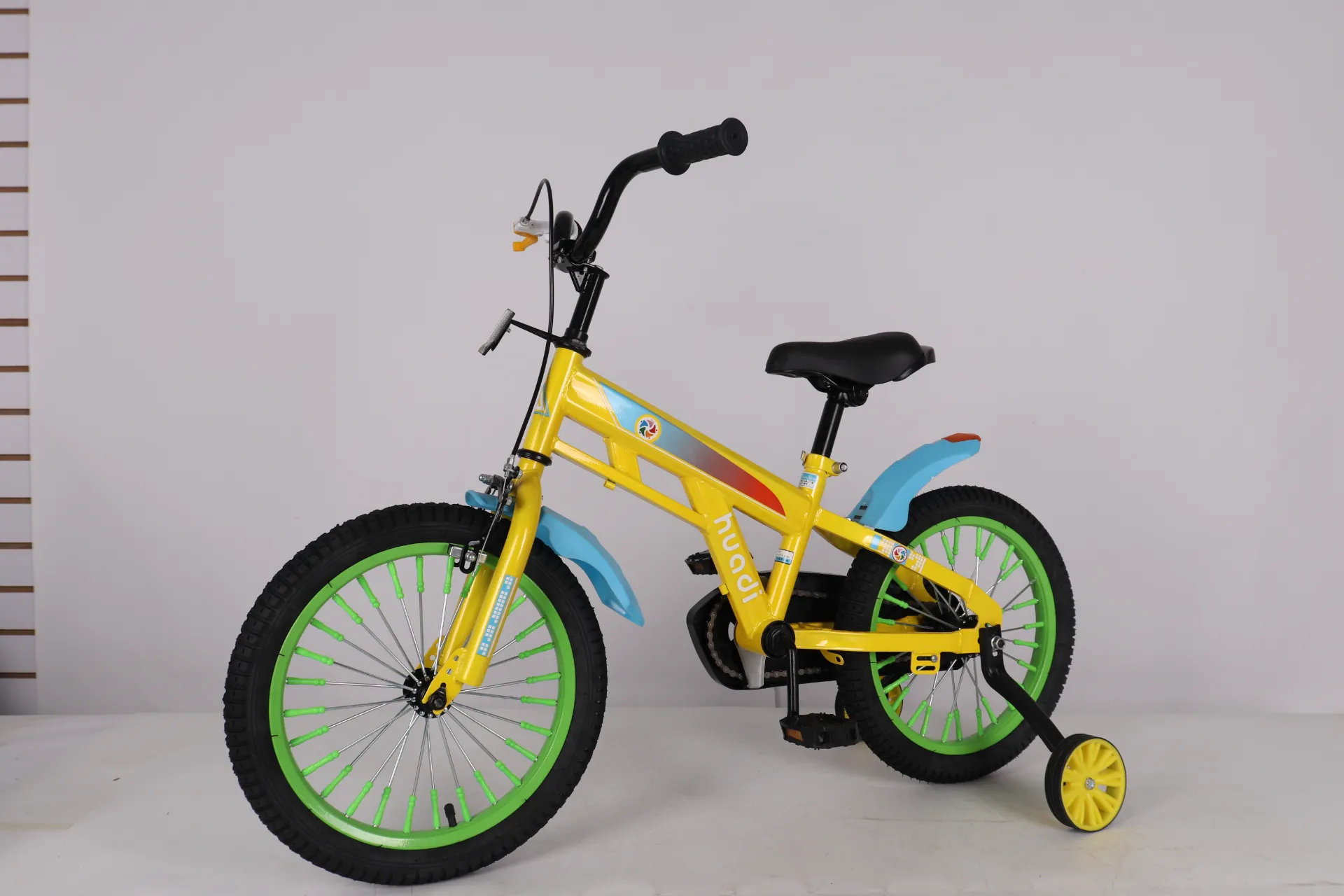balance kids bike
The Importance of Balance Bikes for Kids
In the world of childhood play and development, few toys have gained as much recognition and appreciation as balance bikes. Designed to teach young children the fundamental skills needed for riding a bicycle, balance bikes have transformed the way kids learn to ride. This article explores the benefits of balance bikes and why they are an essential tool for cultivating balance, coordination, and confidence in young riders.
What is a Balance Bike?
A balance bike is a bicycle without pedals that allows children to propel themselves using their feet while seated. The design is simple, usually featuring a lightweight frame, low seat height, and two wheels. The absence of pedals means that children can focus solely on balancing and steering. Typically, balance bikes are designed for children aged two to five years old, making them the perfect introduction to cycling.
Benefits of Balance Bikes
1. Developing Balance and Coordination Balance bikes are specifically engineered to help children develop their balance and coordination skills. As they learn to push off the ground and glide, children begin to understand how to shift their weight and maintain equilibrium. These skills are foundational for riding a traditional bike. In fact, studies have shown that children who learn to ride using balance bikes often transition to pedal bikes more quickly and with greater confidence.
2. Building Confidence One of the standout benefits of balance bikes is the boost in confidence they provide. Learning to ride can be a daunting experience for many children. Balance bikes offer a less intimidating environment for learning since they can easily stop and regain their footing. As they successfully navigate their surroundings and challenge themselves with new skills, children experience a sense of accomplishment, which enhances their self-esteem.
balance kids bike

3. Encouraging Physical Activity In an age where screen time is increasingly prevalent, balance bikes offer a way to encourage outdoor play and physical activity. As kids ride their balance bikes, they engage in exercise that helps improve cardiovascular health, builds muscular strength, and promotes overall fitness. This active play not only supports physical development but also encourages a healthy lifestyle that can extend into adulthood.
4. Promoting Social Skills Riding a balance bike often happens in shared spaces such as parks, playgrounds, or neighborhood streets. This environment allows children to interact with their peers, fostering social skills as they ride together, take turns, and navigate obstacles. Such experiences also teach valuable lessons about cooperation and sportsmanship.
5. Enhancing Cognitive Skills As children learn to balance and steer, they also develop important cognitive skills. Riding a balance bike requires quick decision-making and spatial awareness. Children learn to assess their surroundings, recognize obstacles, and react accordingly. This cognitive engagement is crucial for overall development and prepares them for more complex tasks in the future.
Choosing the Right Balance Bike
When selecting a balance bike, it’s important to consider several factors to ensure the best fit for your child. First, choose a bike that is the right size; the child should be able to touch the ground with their feet while seated. Additionally, consider the weight of the bike—lighter models are often easier for smaller children to handle. Finally, look for adjustable seat heights to accommodate your child's growth and ensure years of use.
Conclusion
In conclusion, balance bikes serve as an invaluable resource for teaching young children the essential skills needed for cycling. They promote physical activity, boost confidence, and encourage social interaction, all while focusing on balance and coordination. As parents and caregivers, investing in a balance bike can provide children with a fun and effective way to embark on their cycling journey, paving the way for a lifetime of outdoor adventures and joyful rides. With the right balance bike, children can learn to ride in a safe, playful environment, laying the foundation for healthy habits and lifelong enjoyment of cycling.
-
Unlock Adventure and Confidence with Our Premium Kids' Bikes CollectionNewsAug.27,2025
-
Fun and Safe Adventures with Our Premium Kids Scooter CollectionNewsAug.27,2025
-
Exciting Adventures Begin with Our Premium Kids Mini Bike CollectionNewsAug.27,2025
-
Empower Your Child’s First Ride with Our Premium Kids Balance Bike CollectionNewsAug.27,2025
-
Discover the Ultimate Convenience and Safety with Our Kids Tricycle CollectionNewsAug.27,2025
-
Discover Fun and Development with Our Premium Swig Car CollectionNewsAug.27,2025
-
Kids Scooter Tiny Olympic Games: Scooterathlon!NewsAug.22,2025








